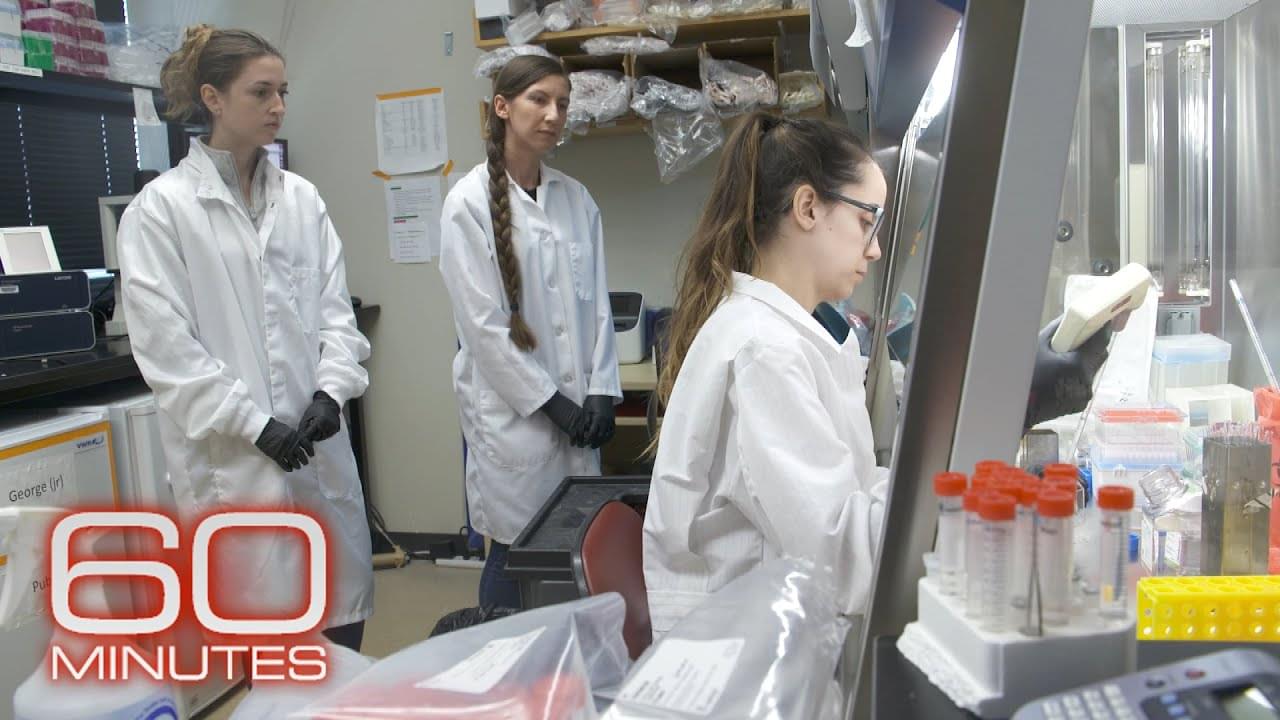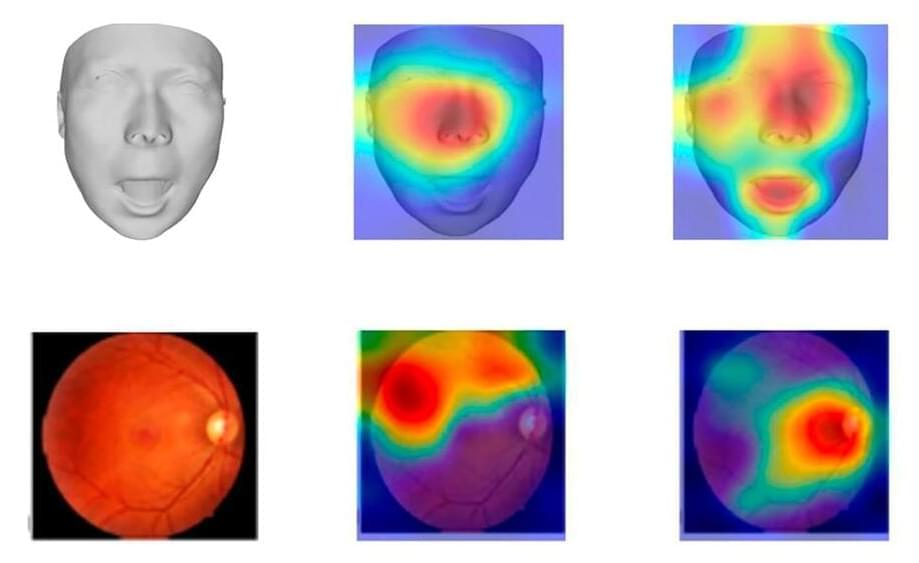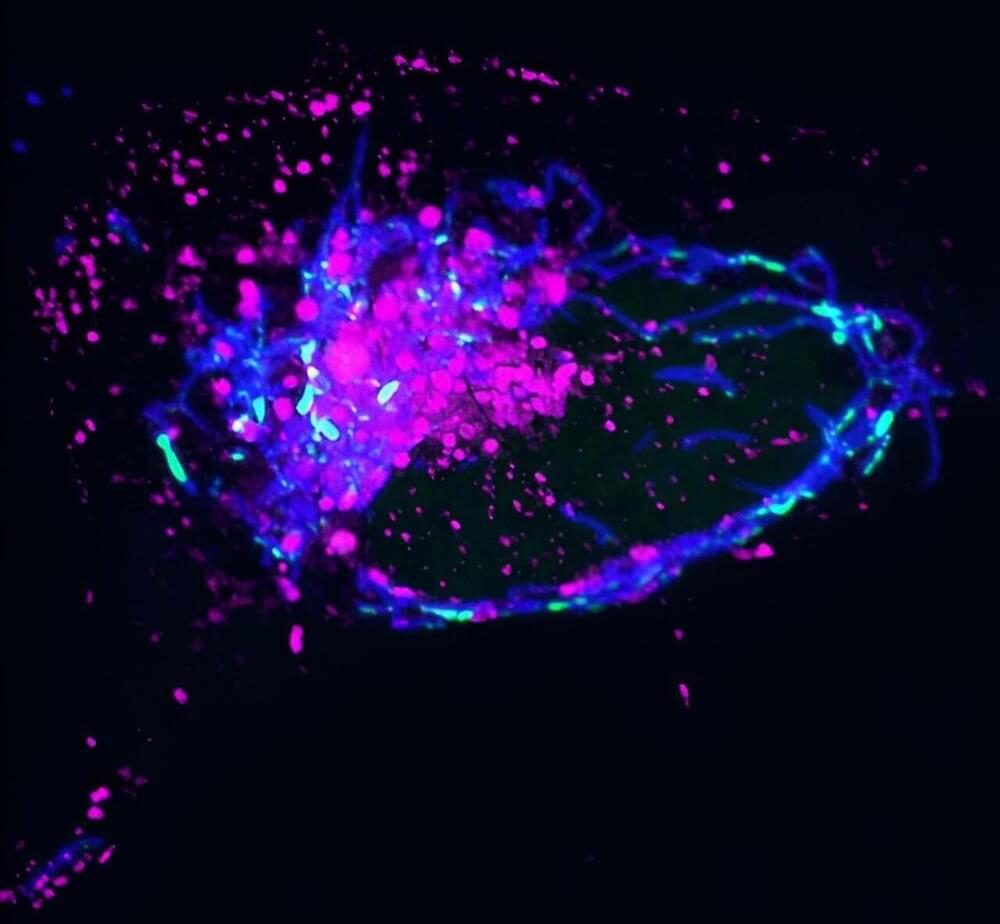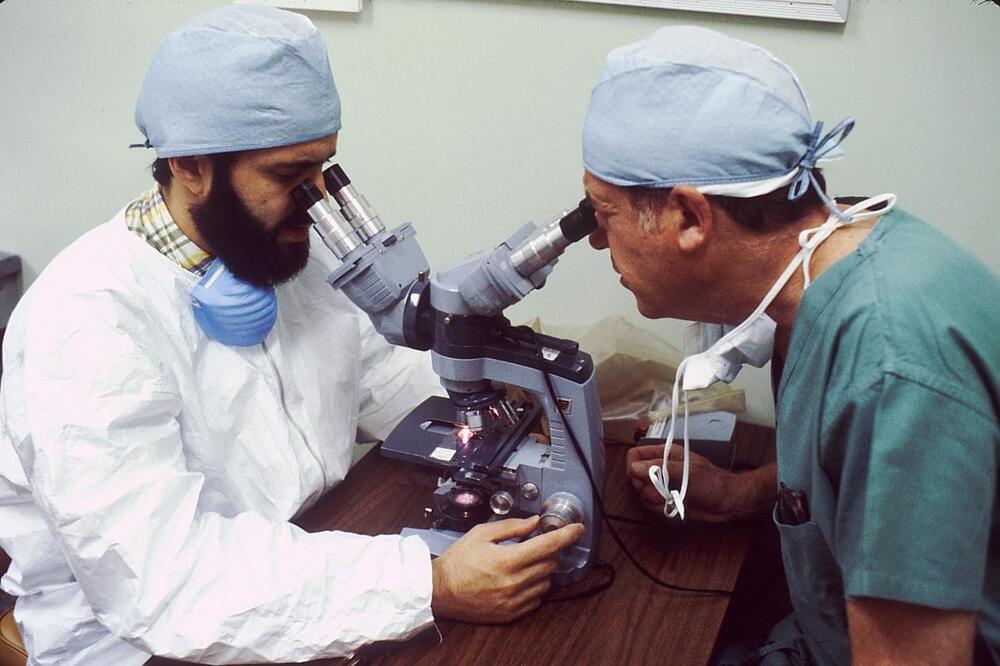Feb 13, 2024
Scientists discover evidence of time being reversed in historic study
Posted by Paul Battista in categories: life extension, physics, time travel
The notion of time travel has fascinated humans for thousands of years, but it’s always been a work of fiction – until now.
Scientists have discovered evidence of time travel for real, albeit at a microscopic level. Till Bohmer and Thomas Blochowicz are the lead authors of a new study, Time reversibility during the ageing of materials, which is published in Nature Physics.
The research from the two researchers at the Technical University of Darmstadt in Germany focuses on time effectively ‘shuffling’ in the structure of certain materials like glass.







 We’ve updated our list of the best longevity experts on Twitter/X and added 8 new accounts, including Dr. Morgan Levine, Dr. Brad Stanfield, and the research journal Nature Aging!
We’ve updated our list of the best longevity experts on Twitter/X and added 8 new accounts, including Dr. Morgan Levine, Dr. Brad Stanfield, and the research journal Nature Aging!









